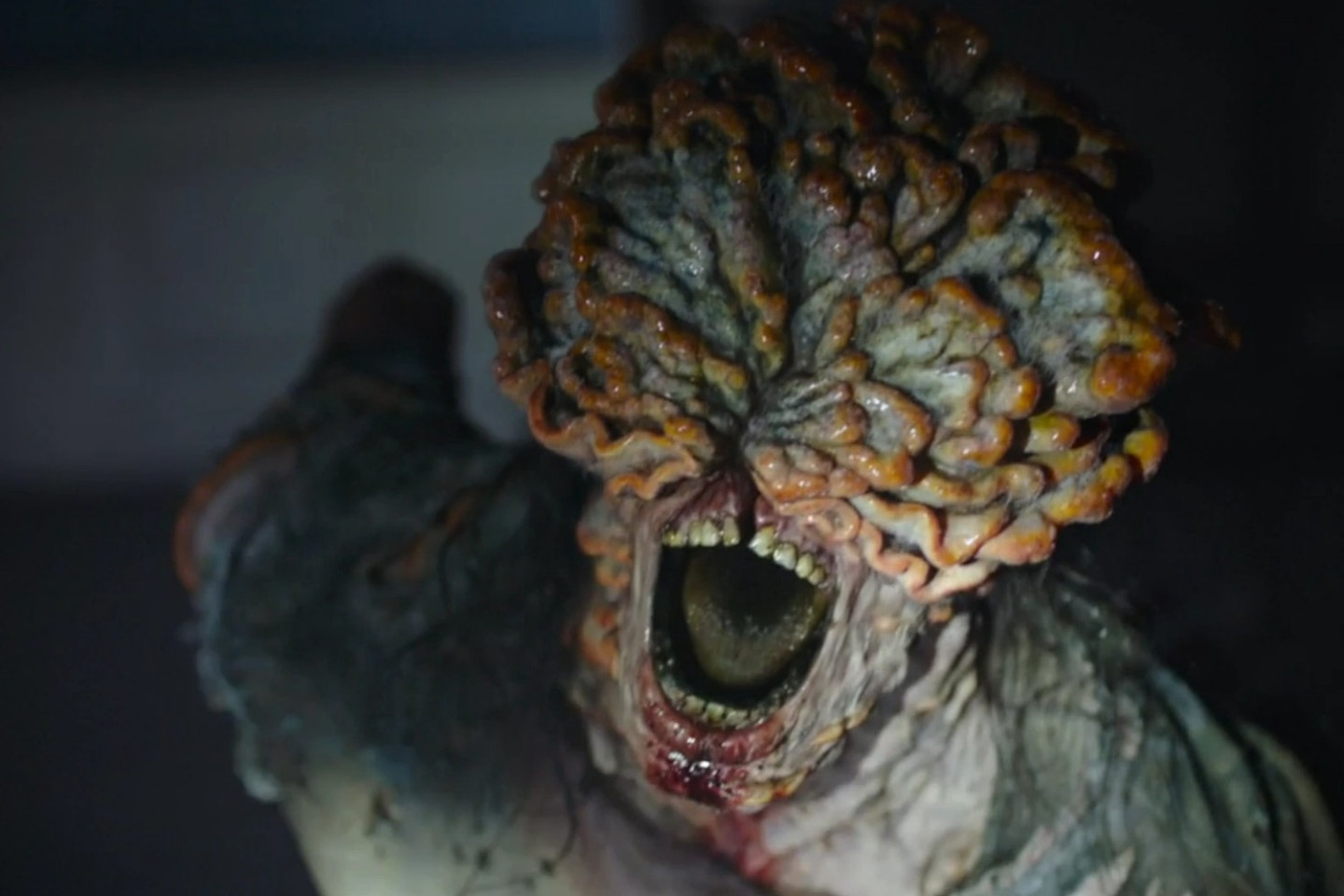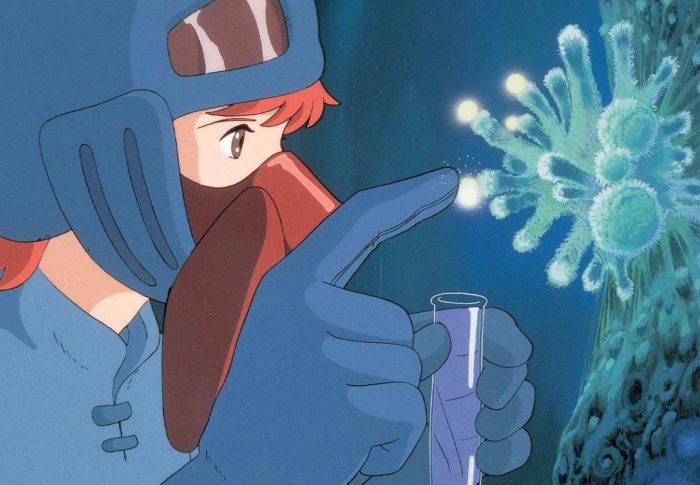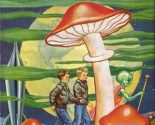
Science, fiction and fungi: What ‘The Last of Us’ got right
Fungi don’t always receive the attention they deserve. In a 1996 New York Times Magazine article titled “Fungi All Around Us,” it was stated that fungi may never make the bestseller list. However, with the success of The Last of Us video game series, which has now been adapted into a critically acclaimed TV series, fungi have gained newfound popularity and captivated a broader audience.
In the realms of fantasy and science fiction, fungi have long been a part of literature even before we encountered characters like Joel and Ellie. Fungi, including mushrooms, spores, mycelium, hyphae, molds, mildews, lichens, and yeasts, are mysterious, intriguing life forms. They were once considered plants until a few decades ago and have served as important themes in mystery and weird fiction. Their nature raises questions: Are they visible or invisible? Friend or foe? Honored or despised? Are they poisonous or can they be used for treatment? These questions add to their allure and enigma.
Fictional works across various genres, styles, and eras have featured fungi. They can be found in William Hodgson’s horror short story “Voices of the Night” (1907), Ray Bradbury’s classic sci-fi short story “Fungi from Yuggoth” (1943), and Jeff VanderMeer’s Ambergris Trilogy (2001, 2006, 2009). Fungi also play a role in children’s stories such as Lewis Carroll’s Alice in Adventures Wonderland (1865) and Eleanor Cameron’s Fantastic Flight to the Mushroom Planet (1954).
Fungi elude easy understanding, taking us into the realm of cosmic horrors on a small scale. For instance, does Jeff VanderMeer’s “Annihilation” feature a mold that gradually consumes the narrator by piercing its prey’s outer layer and secreting lytic enzymes, ultimately mummifying the host? Do we need to know all the details? Perhaps not. In the realm of fictional mysteries, it is often more captivating to be left in a state of unknown. The real-life aspects of fungi are terrifying enough.
Paul Stamets, a mycologist and fungi advocate who served as inspiration for the character Lieutenant Stamets in the Star Trek series, eloquently described how fungal spores complete their life cycle by attaching to their prey’s surface and feeding on it. Stamets doesn’t aim to frighten us, but reading his words inevitably creates a sense of unease. He describes how the fungus pierces its prey’s outer layer while secreting lytic enzymes, ultimately mummifying its host. Other entry points for the fungus include the respiratory tract, anus, and mouth.
This description aligns with the ant-eating fungus that inspired the story behind The Last of Us. Through some form of mind control, both real-life and fictional fungi manipulate their prey’s behavior in abnormal ways. In the case of ants, they are compelled to find a high, damp place to die. In The Last of Us, this manipulation manifests as aggressive cannibalism. Welcome to the fungal zombie apocalypse.
Now, let’s delve into the science without spoilers. When trying to understand the science behind The Last of Us, imagine yourself briefly inside an ant’s body. Once the fungus infects the ant, it takes control of its actions. The ant becomes a vessel—a hollow container fulfilling the fungus’s desires. It becomes a walking dead creature, unwittingly introducing the “zombie ant fungus” to the ant colony.
The mycelium grows within the ant, but it hasn’t reached the brain yet. Instead, through chemical signals, the fungus compels the ant to exhibit erratic behavior such as seeking higher ground, which ants typically don’t do. When the ant’s body withers away, it reaches its final destination—a branch or leaf with veins on the back—where the fungus can complete its life cycle. The fungus gives a final command to the ant’s brain: bite. The ant’s mandibles clench as the fungus infiltrates the brain and a mushroom erupts from its head, showering the colony with spores that infect the entire population.
Now, let’s cover some reassuring facts:
- We are not ants, and it is unlikely that any mutation could transform a “zombie ant fungus” into a “human ant fungus” like in The Last of Us. Our biology differs too significantly. The human body is too warm for such an infection. The process of evolutionary adaptation that led to this particular infection in ants occurred over an extended period. Fungi primarily infect plants, insects, amphibians, and reptiles. Ants and fungi have co-evolved for millions of years.
- Human-to-human transmission of fungal diseases is uncommon. The plea to bomb the city in The Last of Us due to the mutating fungus has little basis in reality. In real life, fungi need to complete their life cycle by







Tagged 1:1 spin-orbit resonance, Earth, exoplanet, Mercury, Science fiction